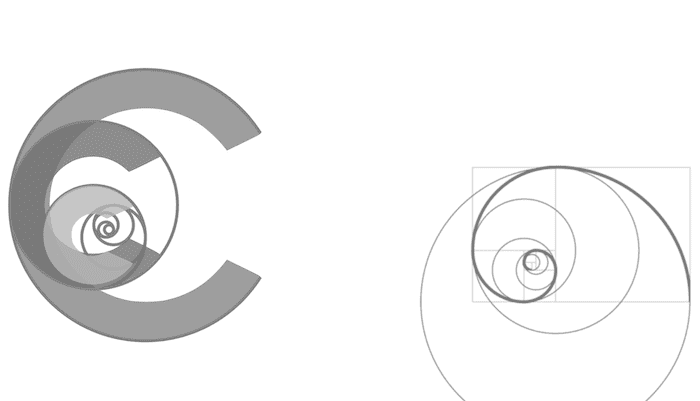Cardiomyopathy Echocardiography
OVERVIEW
Main types
- dilated cardiomyopathy
- restrictive cardiomyopathy
- hypertrophic cardiomyopathy
- Takotsubo cardiomyopathy
Also considered here is dynamic LVOTO without segmental hypertrophy
DILATED CARDIOMYOPATHY
- dilated chambers
- thinning of LV wall
- reduced global contractility (EF and fractional shortening)
- increased LV end-diastolic and LV end-systolic volumes
- significant MR from annular dilation
- pulmonary hypertension with TR
- spontaneous echo contrast
- thrombi
- diastolic dysfunction
RESTRICTIVE CARDIOMYOPATHY
- normal or mildly increased chamber sizes
- impaired ventricular contractility (EF and fractional shortening)
- impaired diastolic function with a restrictive filling pattern (abnormal motion of anterior mitral valve leaflet in M-mode)
- may see evidence of infiltration (amyloid)
HYPERTROPHIC OBSTRUCTIVE CARDIOMYOPATHY
- asymmetric septal hypertrophy
- septum involved more than the free wall (ratio of >1.5:1)
- variable right ventricular hypertrophy (>0.5cm wall thickness)
- diastolic dysfunction
- systolic anterior movement (SAM) of mitral valve apparatus
- dynamic outflow tract obstruction with an increased peak gradient below the aortic valve with continuous wave Doppler (>50mmHg)
- mid-systolic mitral valve closure
TAKOTSUBO CARDIOMYOPATHY
Definition
- acute, reversible and transient left ventricular (LV) systolic dysfunction that resembles acute coronary syndrome but does not show significant stenosis on coronary angiography
- aka stress cardiomyopathy or apical ballooning syndrome
Features on Echo
- transient hypokinesis, akinesis, or dyskinesis in LV mid-segments with or without apical involvement (days-to-weeks)
- abnormalities in regional wall motion extending beyond a single epicardial vascular distribution
- An inverted takotsubo pattern (mid-ventricular ballooning with sparing of the basal and apical segments) is a variant form
- dynamic LVOTO due to SAM
- mitral regurgitation (with or without SAM)
Complications predicting worse prognosis
- dynamic LVOTO
- MR (>grade 2)
- Cardiogenic shock
- RV dysfunction is common
- intra-cardiac thrombus (especially LV)
- LV free wall rupture
Other advance echo techniques may be useful
DYNAMIC LVOT OBSTRUCTION WITHOUT ASYMMETRICAL SEPTAL HYPERTROPHY
- dynamic LVOT obstruction with SAM can occur when ever a hyperdynamic state exists
- can cause cardiogenic shock
- think of this if patient is getting hypotensive when inotropes being turned up!
Risk factors
- elderly
- hypovolaemia
- elderly
- septal bulge
- positive inotropic or vasodilator therapy
- IABP
Management
- volume load
- stop inotropes
- increase afterload (e.g. phenylephrine)
References and Links
LITFL
- ECG Library – Takotsubo Cardiomyopathy
- ECG Library – Restrictive Cardiomyopathy
- ECG Library – Hypertrophic Cardiomyopathy (HCM)
- ECG Library – Dilated Cardiomyopathy (DCM)
- Ultrasound Top 100 – Case 091
Journals
- Losi MA, Nistri S, Galderisi M, Betocchi S, Cecchi F, Olivotto I, Agricola E, Ballo P, Buralli S, D’Andrea A, D’Errico A, Mele D, Sciomer S, Mondillo S; Working Group of Echocardiography of the Italian Society of Cardiology. Echocardiography in patients with hypertrophic cardiomyopathy: usefulness of old and new techniques in the diagnosis and pathophysiological assessment. Cardiovasc Ultrasound. 2010 Mar 17;8:7. PMC2848131.
- Wood MJ, Picard MH. Utility of echocardiography in the evaluation of individuals with cardiomyopathy. Heart. 2004 Jun;90(6):707-12. PMC1768248.

Critical Care
Compendium
Chris is an Intensivist and ECMO specialist at The Alfred ICU, where he is Deputy Director (Education). He is a Clinical Adjunct Associate Professor at Monash University, the Lead for the Clinician Educator Incubator programme, and a CICM First Part Examiner.
He is an internationally recognised Clinician Educator with a passion for helping clinicians learn and for improving the clinical performance of individuals and collectives. He was one of the founders of the FOAM movement (Free Open-Access Medical education) has been recognised for his contributions to education with awards from ANZICS, ANZAHPE, and ACEM.
His one great achievement is being the father of three amazing children.
On Bluesky, he is @precordialthump.bsky.social and on the site that Elon has screwed up, he is @precordialthump.
| INTENSIVE | RAGE | Resuscitology | SMACC
